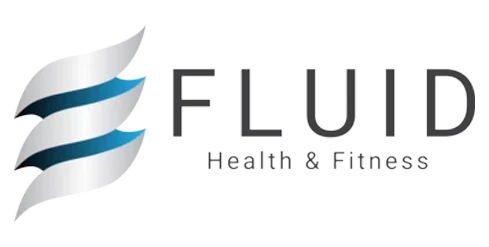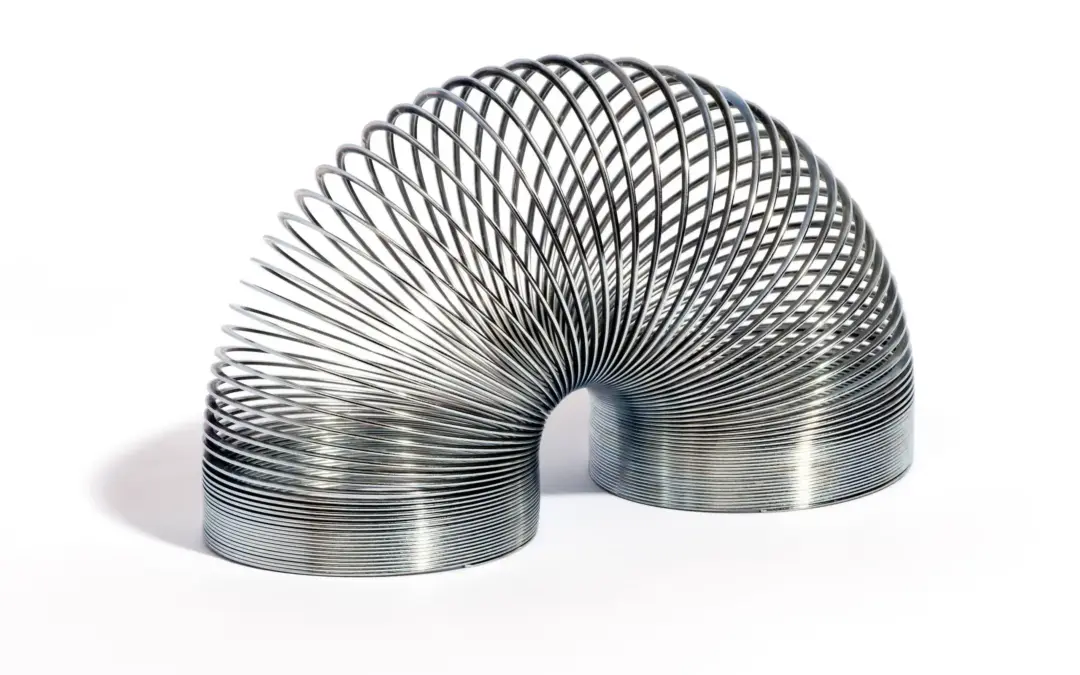
At Fluid Health & Fitness, restoring your body’s capacity for pain-free, efficient movement is not a suggestion—it’s a foundation. Before we add weight, intensity, or speed, we ensure your movement patterns are structurally sound and biomechanically efficient. This begins with mobility.
Mobility, defined as the ability of a joint to move actively through its full range of motion, is a prerequisite for proper movement. Without it, your body compensates. Compensations create imbalances. Imbalances lead to chronic pain and injury.
Our approach integrates hands-on bodywork, structured mobility training, and movement education. By layering tactile feedback with class-based instruction and personal awareness, we help you retrain your nervous system and restore balance—so you can move the way you were meant to.
Why It Matters
Poor mobility is rarely just a flexibility issue. It reflects deeper disruptions in your body’s kinetic chain—how muscles, joints, and connective tissue coordinate movement. Left unaddressed, limited mobility affects everything:
-
Posture: Tight hips and shoulders compromise spinal alignment.
-
Breathing: Restricted thoracic mobility limits diaphragmatic function.
-
Force transfer: Dysfunctional joint positioning reduces power and increases injury risk.
More than just stretching, mobility restoration is about improving tissue quality, motor control, and joint articulation in real-time. That’s why Fluid’s system doesn’t rely on one-off fixes. We teach you to understand your body, feel your restrictions, and retrain movement at the source.
Step-by-Step Expectations: How Mobility Is Integrated at Fluid
Mobility restoration is woven into every phase of our training model. Here’s what you can expect:
1. Initial Movement and Mobility Assessment
Your journey begins with a full-body movement screen. This identifies postural deviations, joint restrictions, and compensation patterns. We pay close attention to the six major junctions: foot/ankle, knee/hip, lumbo-pelvic, thoracic spine, shoulder girdle, neck/cranium
2. One-on-One Bodywork with a Specialist
Our licensed bodywork specialists use manual therapy to restore soft tissue integrity. This tactile approach includes:
-
Myofascial release: Targeting fascial adhesions that restrict joint movement.
-
Neuromuscular re-education: Helping your brain recognize better movement patterns.
-
Joint mobilizations: Improving arthrokinematics—the subtle gliding and rolling that allow smooth joint function.
Critically, this is not passive. You are guided to feel the release, understand the restriction, and actively engage in the correction.
3. Mobility Infusion
Our classes are structured to address mobility from the ground up:
-
Pre-class mobility prep: Every class session begins with breathing patterns and joint articulation drills and to downregulate the nervous system and unlock mobility.
-
Mid-class corrective sequences: Specific mobility flows are inserted between strength blocks to prevent fatigue-based compensation.
-
Post-class recovery suggestions: Guided decompression work helps maintain the mobility gains from each session.
4. Mobility-Specific Classes
Our specialty mobility classes are designed to address postural dysfunctions and restore optimal movement by targeting the body’s most common compensation patterns. Each class comes with companion guides that reinforce the structure, purpose, and corrective strategies used in-session—empowering you to extend your mobility work beyond the class environment.
| Worksheet | Purpose |
|---|---|
| Extension Dominance Guides |
This class addresses extension-dominant postures like excessive lumbar lordosis, anterior pelvic tilt, and flared ribs by inhibiting overactive posterior chain muscles and reactivating deep anterior core stabilizers. The companion guide outlines mobility drills, SMFR techniques, and integration exercises specific to spinal decompression and pelvic alignment – HERE |
| Flexion Dominance Guides |
Designed for individuals with forward head posture, rounded shoulders, and thoracic kyphosis, this class restores spinal extension and scapular positioning. Companion materials walk you through targeted thoracic mobility work, posterior chain re-engagement, and neuromuscular resets to combat flexion collapse patterns – HERE |
| Hemisphere Bias Guides |
This class corrects asymmetrical loading patterns that develop from habitual left-right imbalances in breathing, posture, and movement. These imbalances often show up as one-sided dominance in the pelvis, rib cage, or shoulder girdle, leading to uneven weight distribution and altered gait mechanics. The class focuses on restoring symmetry by re-aligning your core, improving rotational control, and teaching your body how to share the workload evenly between both sides – HERE |
| Myofascial Network Guides |
|
| Stick and Sling Guides |
|
5. At-Home Mobility Awareness Programming
You’re given customized daily mobility routines to reinforce changes. We track your progress using the same assessment benchmarks we began with. Use the worksheets below to help track your work.
| Worksheet | Application |
|---|---|
| Percussion Techniques |
Provides quick guidance on how to stimulate or inhibit muscles using pressure-based techniques with percussion devices to either activate or relax targeted tissues – HERE |
| Inhibition Techniques |
Outlines advanced inhibition strategies using PNF stretching, self-myofascial release (SMFR), and joint traction/distraction techniques to restore mobility – HERE |
| Anatomy of the major muscle groups |
Offers a visual reference of the major muscle groups to support understanding and application of mobility and movement assessments – HERE |
| Self-Assessment worksheet |
Details range of motion benchmarks, safety precautions, and accessory motion risks for self-assessing joint mobility across the entire body – HERE |
Core Concepts: The Science Behind Fluid’s Mobility Strategy
Here’s how our system aligns with clinical and biomechanical science:
| Concept | Application at Fluid |
|---|---|
| Reciprocal Inhibition | When one muscle contracts, its opposite must relax. We use bodywork and activation drills to reestablish proper firing patterns between tight and underactive muscles. |
| Joint Centration | Joints function best when bones are properly aligned. Our mobility drills re-center joints to reduce strain on cartilage and connective tissues. |
| Tensegrity | The body’s stability comes from a balance between tension (muscles/fascia) and compression (bones). We assess and rebalance this system holistically. |
| Breath and Intra-Abdominal Pressure | We teach diaphragmatic breathing to create stability from the inside out, influencing spinal mobility and thoracic positioning. |
| Proprioception | Our tactile and cueing strategies train your awareness of joint position and movement, which is essential for long-term correction. |
Preparation: How to Get the Most Out of Mobility Work
You must approach mobility with intention, not urgency. Progress comes from awareness, consistency, and honest engagement. Here’s how to prepare:
-
Arrive early: Use the pre-class window for guided breathing drills, percussion release, and foam rolling.
-
Communicate with your bodywork specialist: The more you describe what you feel, the more targeted your drills becomes.
-
Film your movements: Watching yourself helps build visual feedback loops for improved neuromuscular control.
-
Ask questions: Our specialists are educators first. Understanding the “why” is crucial.
Aftercare: Maintaining and Advancing Your Mobility
Mobility gains fade if not reinforced. Here’s how to lock them in:
-
Repeat daily mobility circuits at home, particularly in the morning and before sleep.
-
Integrate breathwork—it keeps your nervous system out of “fight or flight” and allows your tissues to adapt.
-
Hydrate and nourish properly—hydrated fascia is pliable fascia.
-
Progress only when quality is present: Never load a dysfunctional pattern. Movement quality comes before intensity.
Conclusion: Mobility Is Not Optional—It’s Foundational
At Fluid Health & Fitness, mobility isn’t just a warm-up or a recovery tool. It’s a fundamental pillar of movement restoration and long-term performance. By combining clinical bodywork, structured class integration, and movement education, we equip you to rebuild your body from the inside out—consciously, correctly, and sustainably.
When mobility improves, everything else follows: posture, breath, strength, and confidence.
Want to read more:
Percussion Stimulation Article
Self-Myofascial Release Article
Traction and Distraction Article



